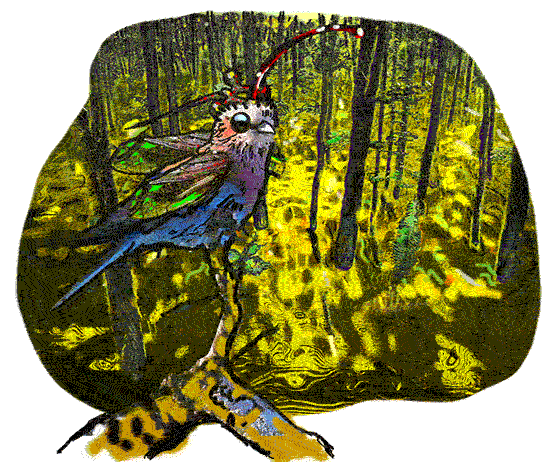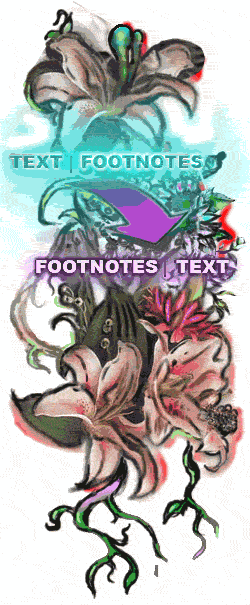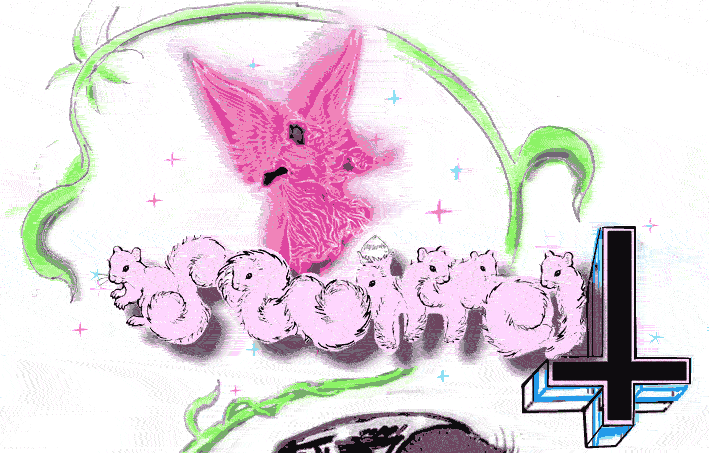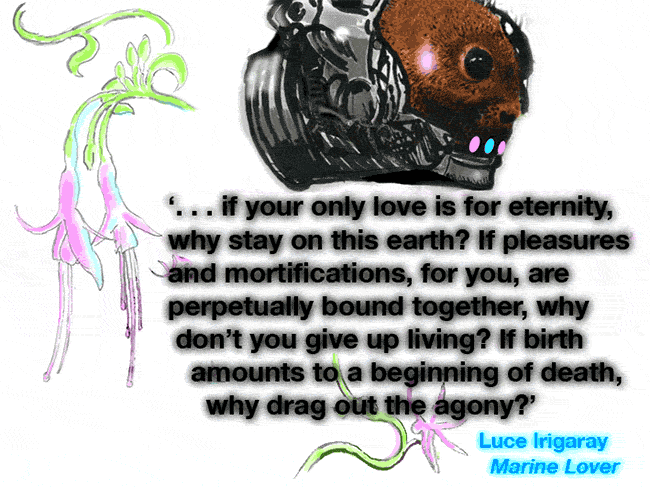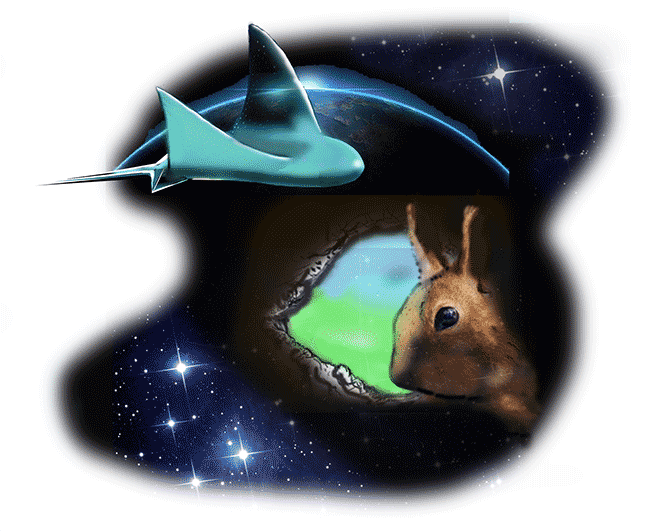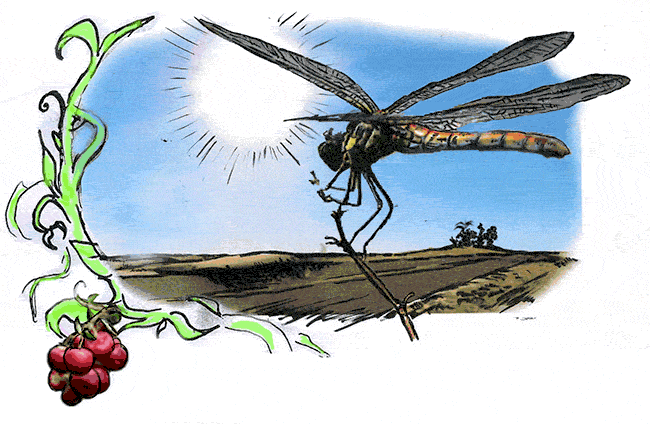
Dragonfly poised
diagonal-slanted
'Cross fingered spike,
Iridescent wings backlit![]()
Green and blue -
Speckled honey-dew.
Tech-implants
And glinting bio-antennae glide![]()
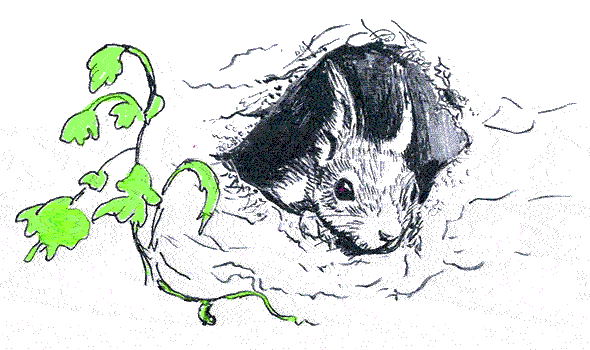
Across the slide.
CarLEee the squirrel![]()
Scans the morning haze.![]()
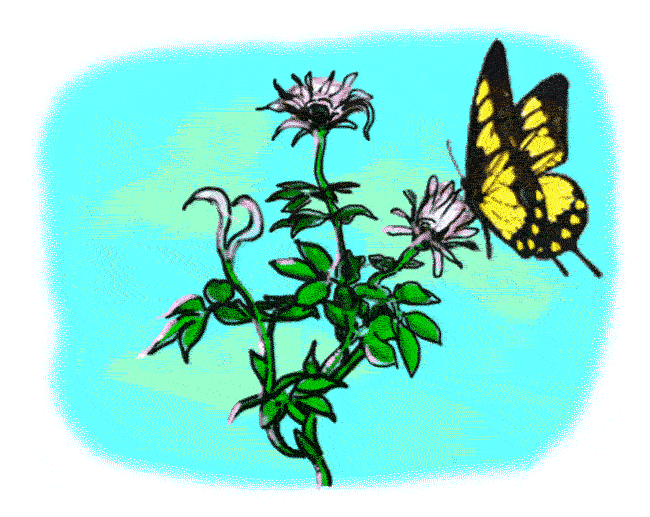
Inhaling lush pine smells
And tracking the movement
Of a butterfly.![]()
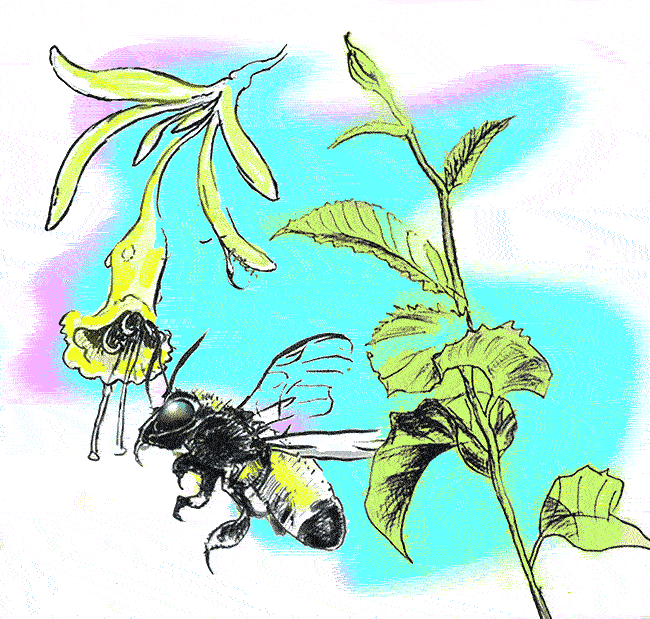
Across,
Close by,
A bee![]()
Moves between the flowers.![]()
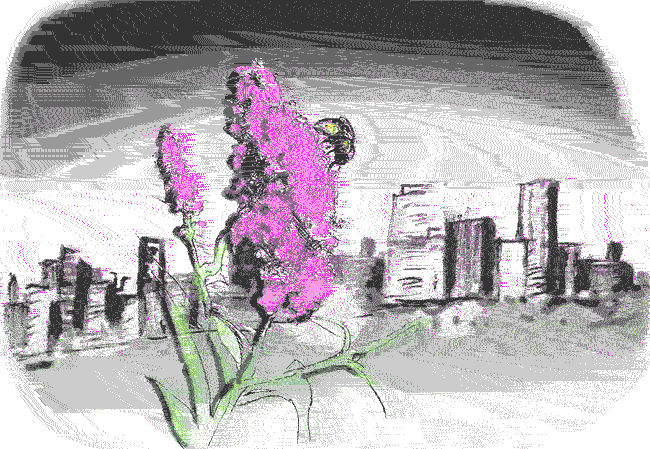
In the distance![]()
The silhouette of the city
Shimmers.![]()
CarLEee remembers growing up there
With Mom and Poppo![]()
Many years ago.
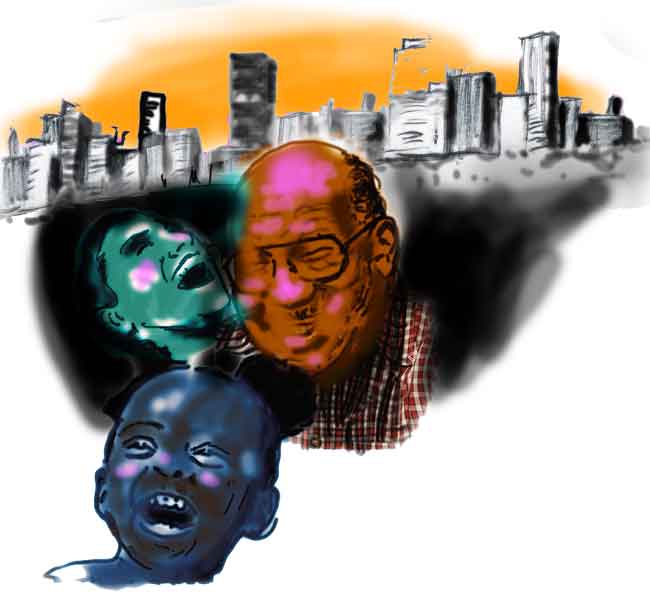
The jokes and the talking
When her father turned up
In the evening
After school.
Watching TV, soft beds,
Laughter. And Love.
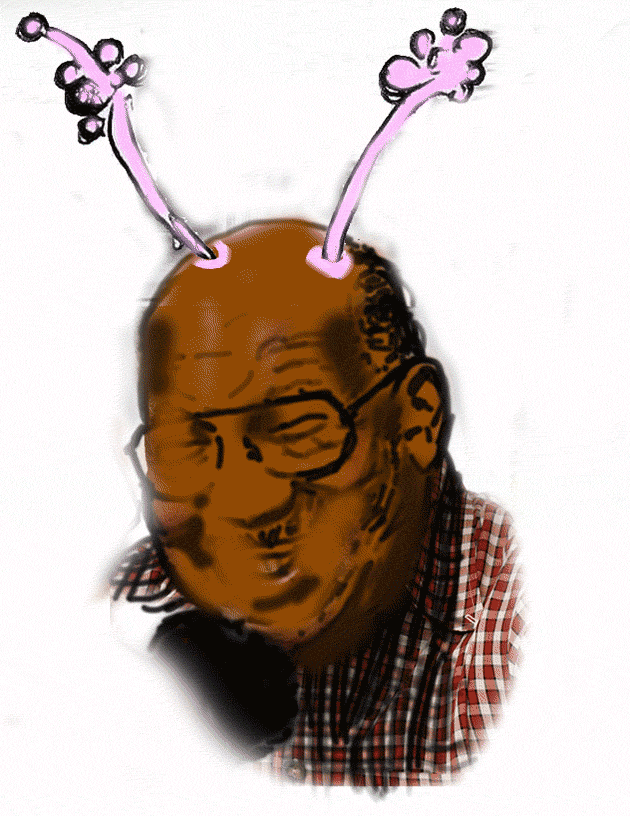
He was one of the first trialists
Of wasp parasite technology![]()
And it saved his life.
For a while.
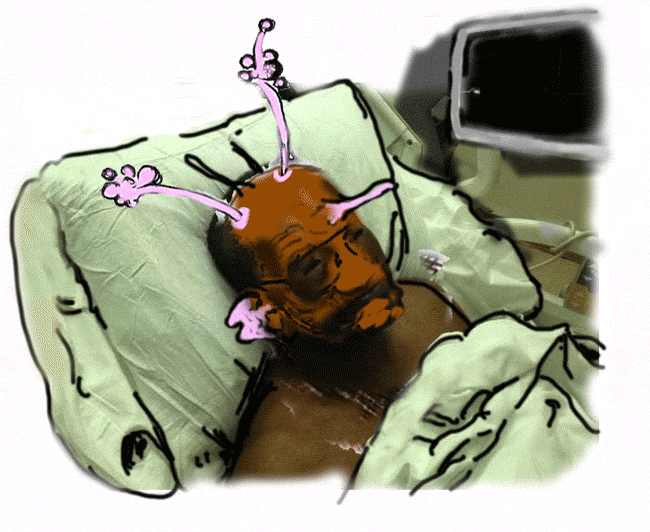
But after the relapse
CarlEee
Watched him,
Paralysed,
Silenced in his bed.
Day after day.
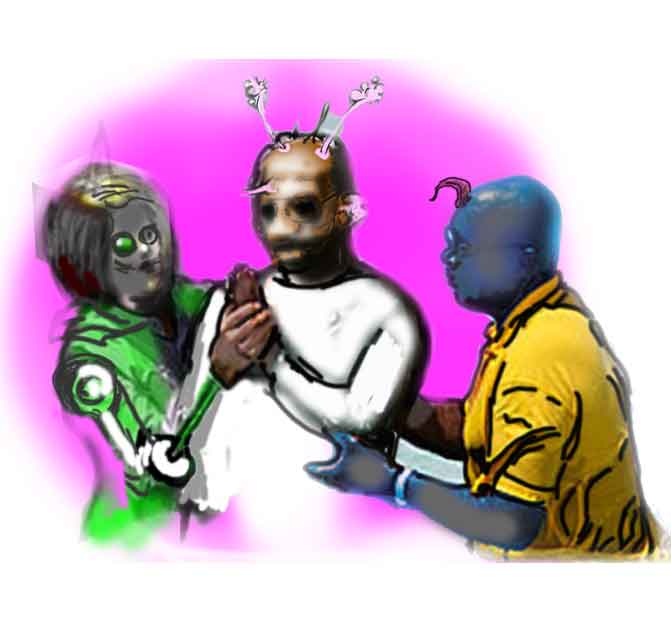
And then his Mother brought
The Born Again Christians
To his bedside.
And one asked
'David would you like to be baptised?'![]()
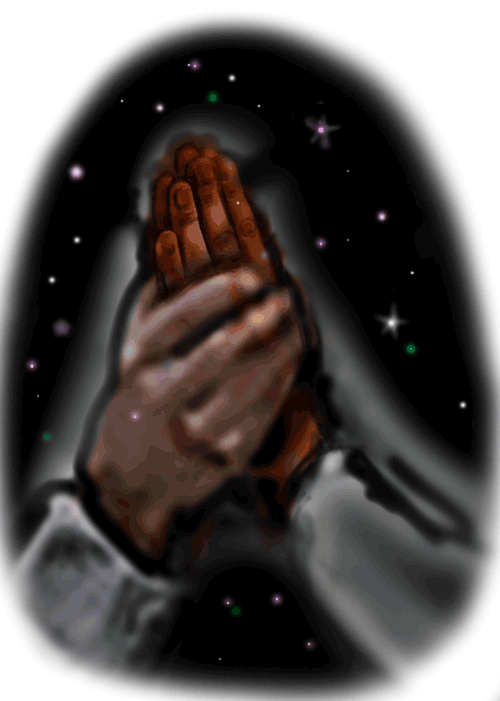
This ferocious reality
Draws our attention
To the relation between
The diagram and the REAL
Where ideas exceed their
Representational regimes
And tumble into
A fictional space of desire.![]()
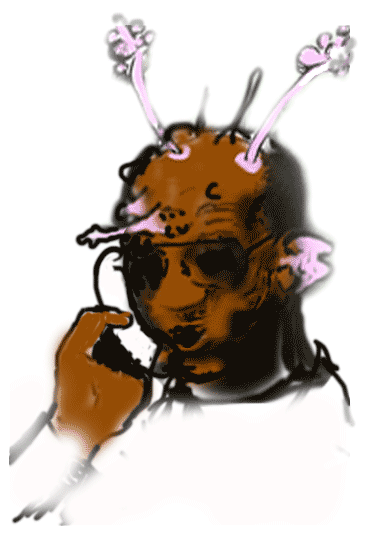
David minimally moved his head
And blinked,
So they baptised him there
With water from the electric kettle.
And for an hour,
Miraculously,
He was his old self.
He spoke freely,
Even rang a few friends,
But then reverted back.
Mute. Silent.
He died 3 months later![]()
But Happy![]()
They said.
CarlEee works for ARCWEB![]()
Para-spatial Communications.
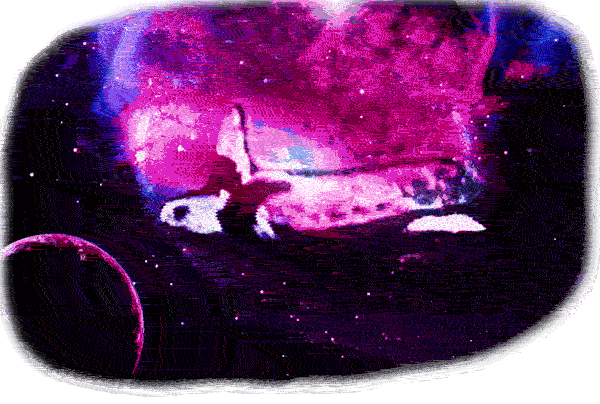
Since 2085
Rodent and reptilian
Body structure,
Musculature and skeleton
Have been identified
As the ideal anatomical-model
For extra-terrestial operations.![]()
The sophistication
Of contemporary
Brain miniturisation
And transplant surgery![]()
Means that
Human relocation
Into smaller species
Is now routine.![]()
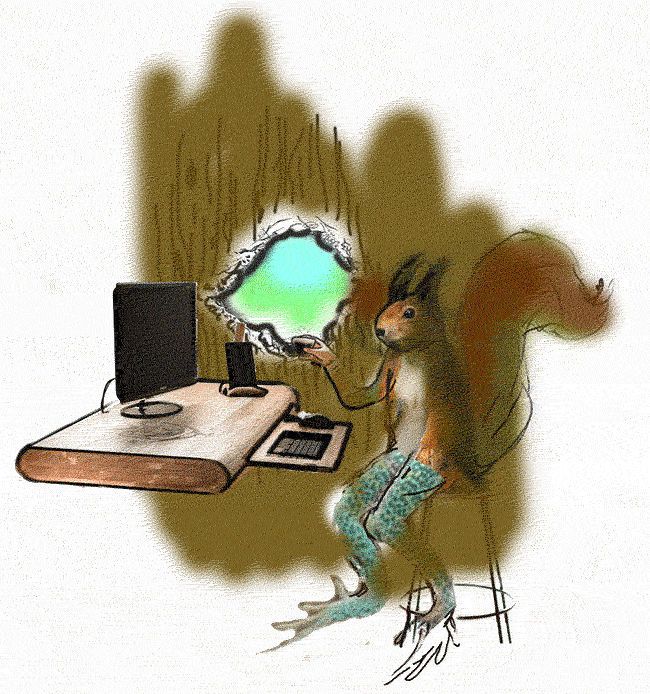
Generation 4, cross-species
Biofused, triple data-slit
And digital vision.
Squirrel skull and body
With lizard legs.
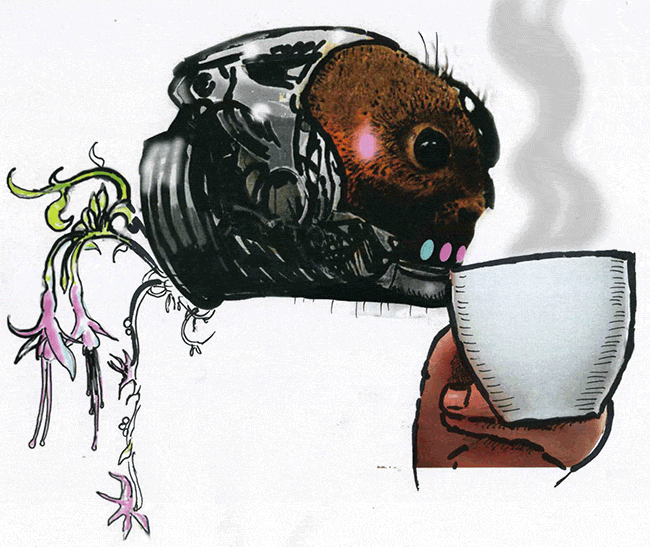
CarlEee sits sipping coffee.
195 years old.
Forty-five body allocations
Since the Starvation Wars of 87![]()
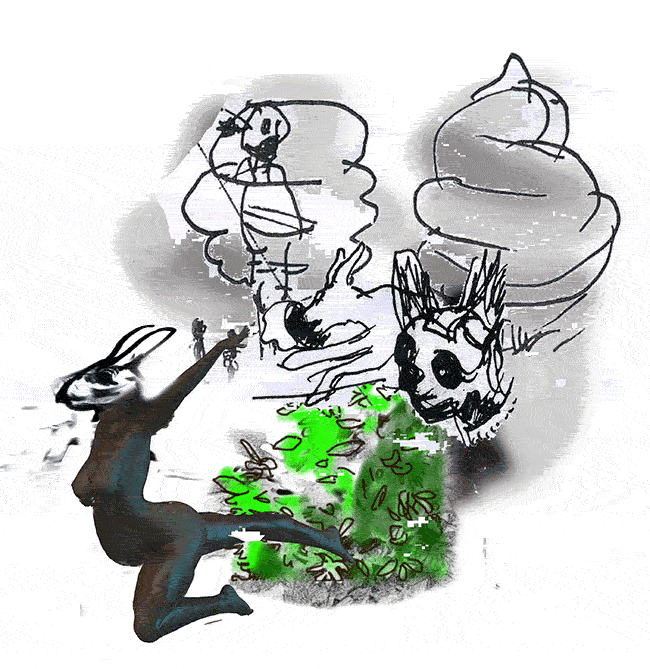
In the Starvewars
Many people died.
In this last fight with Nature
'NATURE LOST, NATURE WON'![]()
As the ARCWEB slogan goes
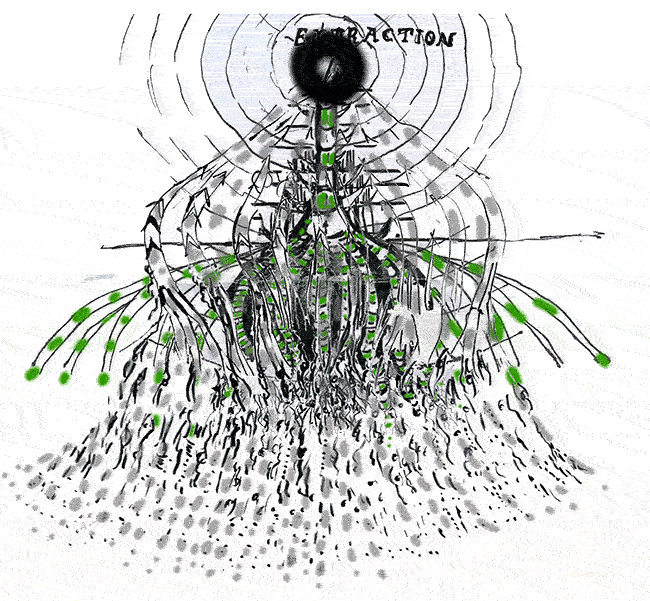
The process of value extraction
In the capitalist structure is one whereby
Surplus value was sucked upwards
From the multiple to the increasingly few,
Like a tree sucks up water.![]()
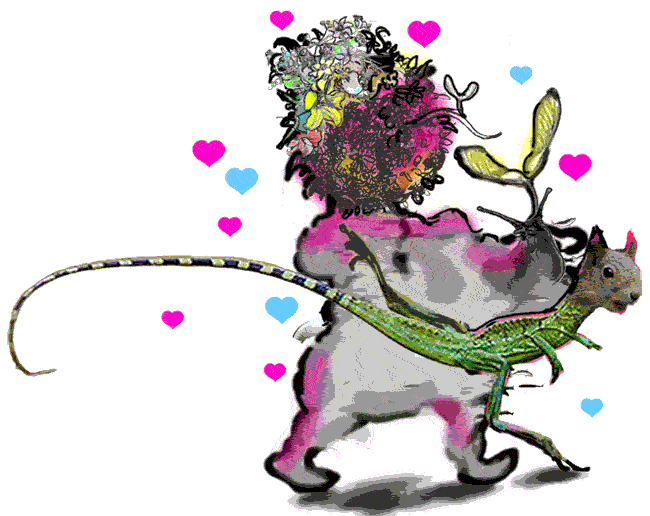
Later,
Walking
In the shine,
Along the Boule'o'vard,
With DarzZZ,
A Flower-head
Seedcase-mackeral hybrid -
Shoal active.
They are in love.
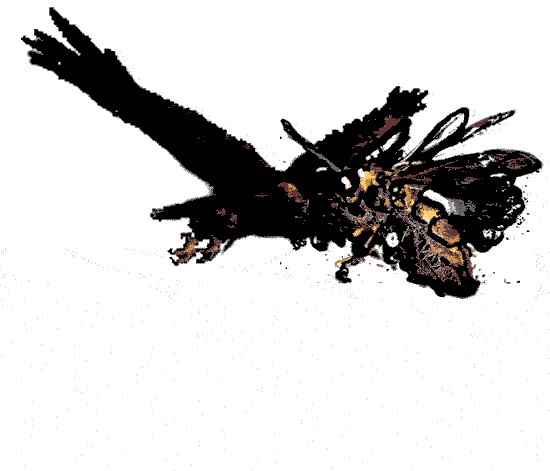
Accelerated difference technology.![]()
Is key to the development
Of the Southern Territories
Hand in hand with the shift to
An ideology of ‘At least two’. ![]()
As the underpinning
Of the transformation
Of Philosophy, science and politics.![]()
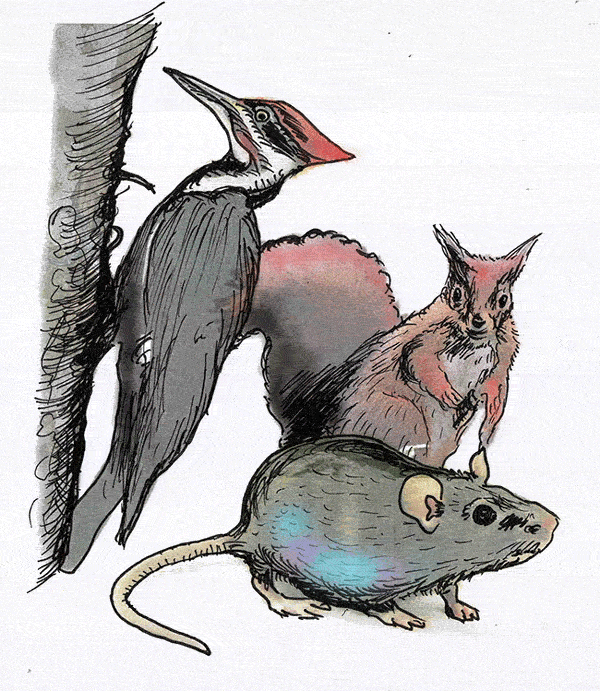
CarLEee loves the trees.
She prefers to be vegetarian.![]()
Although she was Mink in one move.
But nowadays,
Larger predator models are anyway
Subject to control legislation.
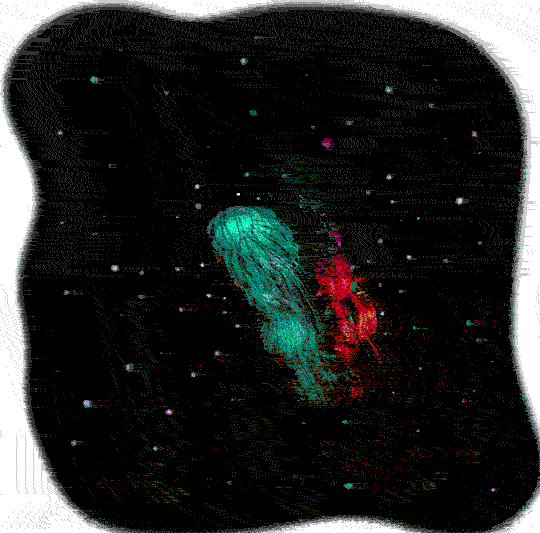
Angel tech
Enables bodies to move
Back and forth
Across the Interval![]()
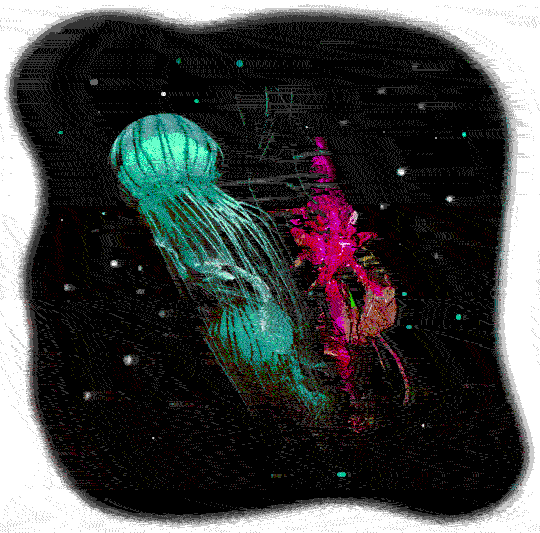
In the experience
(and function)
of wonder.![]()
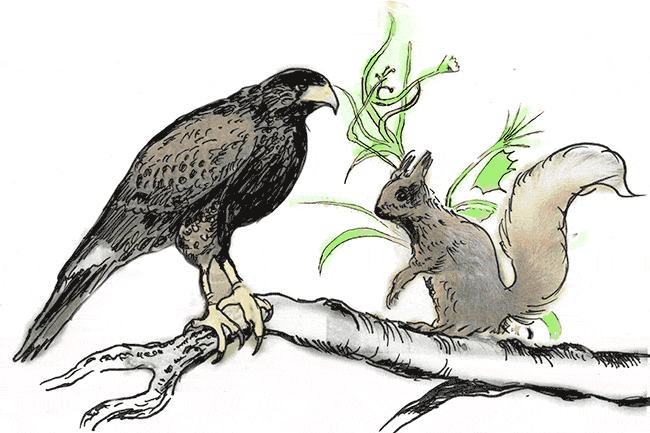
CarlEee lives in a protected copse -
Carnivor-controlled.
There are non-combo species
In the copse as well,
To help preserve the ‘feel’ of the place -
Woodchucks and birds,
But fitted with passification-tech.
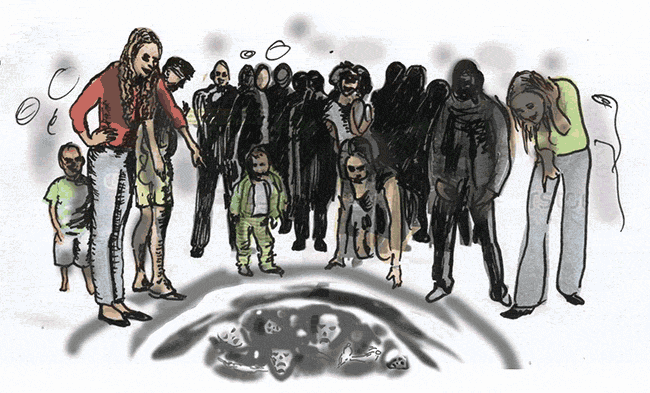
All the saved in paradise
Can look down on the suffering
Through the glass floor of heaven,
As part of their reward
For being virtuous ![]()
In their lives.
And I guess all the people in Hell
Can look up
And see the righteous
looking down at them
And laughing.

There are still factions
Arguing for 'continuity'.
For instance,
In 2194
President Paul 'BoBo' Davies
Described the ideology
Of the North-West Territories
As a kind of eternal aesthetics,
Where beauty is a sensed
But impossible harmony,
Proved, in part, by its difference
From the terror of chaos,
Of the world
(Sensed in the sublime -
As difference from the same)
But controlled by our concentration
On IDEAS.![]()
Like freedom (laughter).
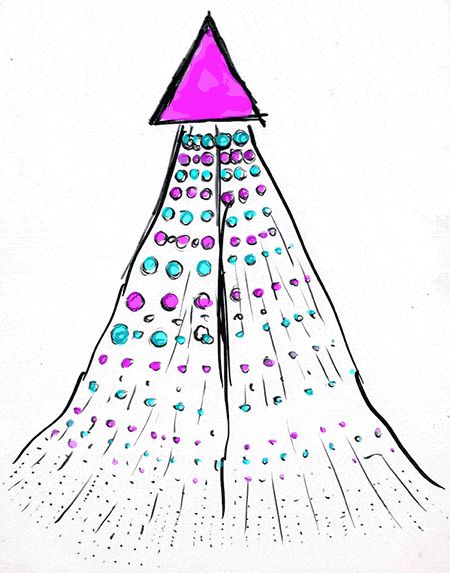
A contract between
The individual (abstract)
And the multiple (abstract).
Preserving individual choice
While chaining it to the ‘collective’
And the ‘divine’.![]()
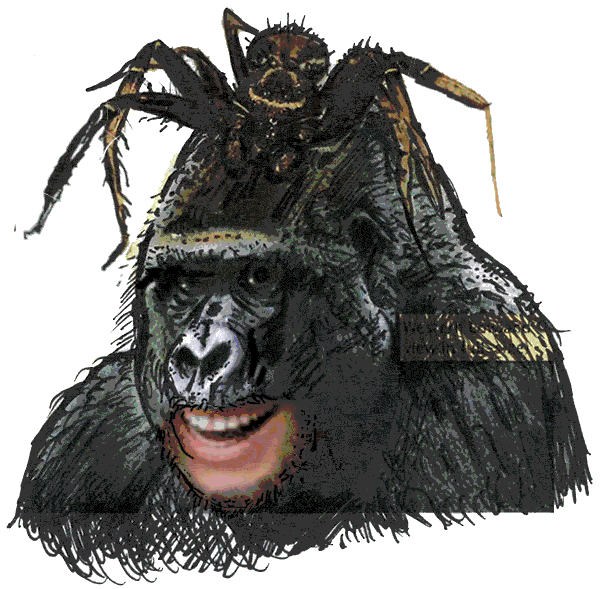
CarLEee’s neighbor
Is called Jalled Hemmings
An accountant
Who works at CCCCCX.
He is a tree spider/gorilla.
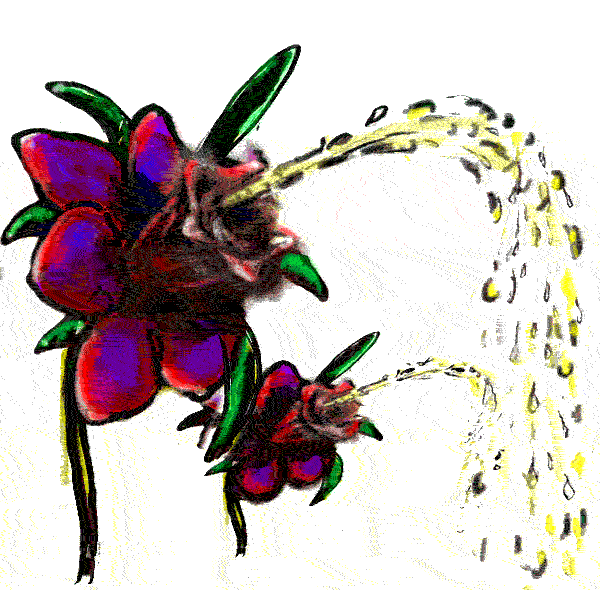
As night falls
All the flowers
In the forest
Open out
And spurt out long streams of golden piss,
Catching in the dappled light
And falling to the forest floor.
Mirror-mapping the stars,
Where rivulets join with other rivulets,
Until there was a golden stream of piss
And then a sheet of gold beneath,
Moving below the trees as a new aesthetics.
And as a complex algorithmic skein,
Bubbling and with vapours rising
And at points
Strange geometric shapes appear.
